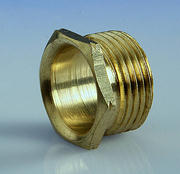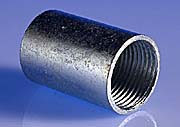I never did this in the end, but I recently thought about how some metal back boxes have 4 lugs;
http://uk.rs-online.com/web/p/produ...GQsEIFHRKu3Pjw66DTDGr0ti-SStbfvi0BnxtIz3w_wcB
I basically needed 2 rows of 3 accessories - if the plasterboard back boxes had 4 lugs, I could have put 3 double accessory back boxes in portrait mode.
http://uk.rs-online.com/web/p/produ...GQsEIFHRKu3Pjw66DTDGr0ti-SStbfvi0BnxtIz3w_wcB
I basically needed 2 rows of 3 accessories - if the plasterboard back boxes had 4 lugs, I could have put 3 double accessory back boxes in portrait mode.




